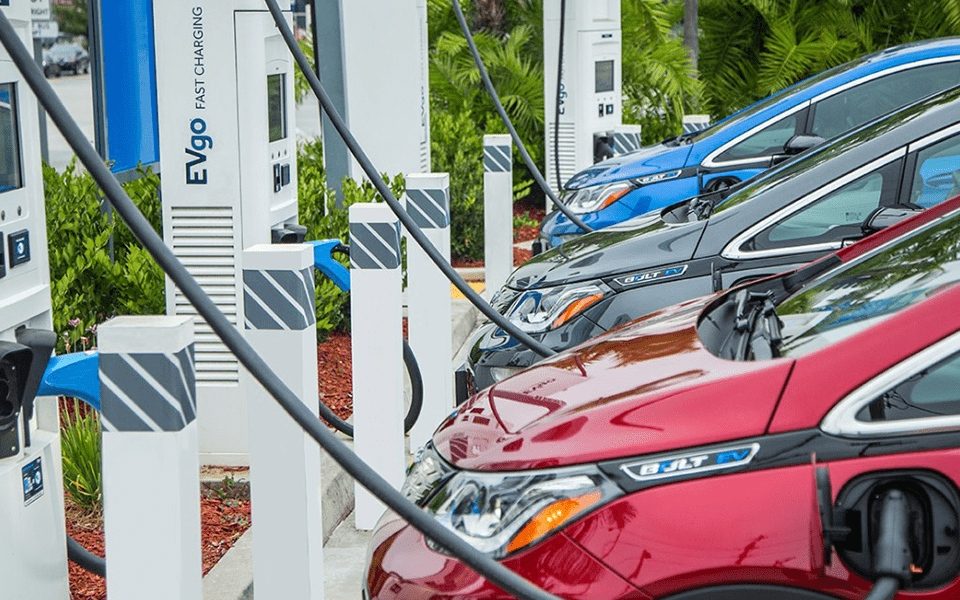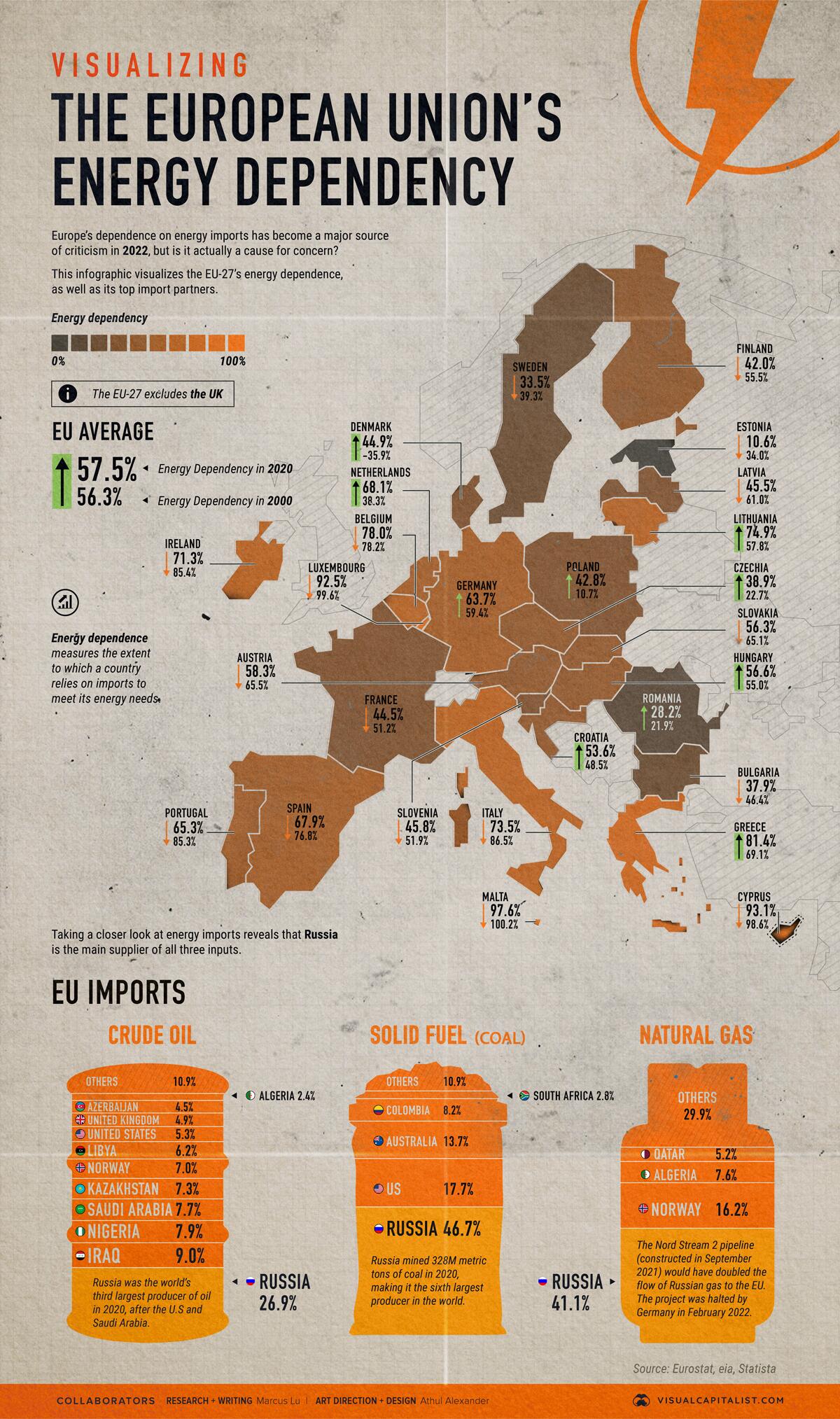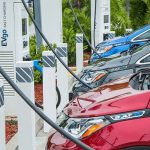European Union to end the sales of new diesel- and gasoline-powered vehicles by 2035

In April 2021, Washington State approved a bill to ban the sales of new gasoline-powered vehicles by 2030, making it the third state after California and Massachusetts to ban ICE vehicles. The state said the ban will drastically reduce the demand for fossil fuels as part of its effort to fight against climate change. It now appears that US allies on the other side of the pond are embarking on similar measures.
This week, European Union (EU) lawmakers voted to ban the sale of new diesel and gasoline cars and vans in the EU from 2035 as part of its ambitious green goals to cut carbon emissions from new passenger cars and light commercial vehicles by 100% in 2035.
In a vote on Wednesday, 339 MEPs in the European Parliament voted in favor of the plans, while 249 voted against the proposal. Only 24 MEPs abstained. The announcement comes just three months after the bloc’s 27-member states also set a 2030 date to end their reliance on Russian energy. As we reported back in March, the EU currently gets 40% of its gas from Russia.
Commenting on the plan, Dutch MEP Jan Huitema, who is part of the Renew Europe Group, said. “I am thrilled that the European Parliament has backed an ambitious revision of the targets for 2030 and supported a 100% target for 2035, which is crucial to reach climate neutrality by 2050.”
Meanwhile, the European Automobile Manufacturers’ Association said it was “concerned that MEPs voted to set in stone a -100% CO2 target for 2035.”
Oliver Zipse, who is the president of the ACEA and CEO of BMW, said his industry was “in the midst of a wide push for electric vehicles, with new models arriving steadily.”
“But given the volatility and uncertainty we are experiencing globally day-by-day, any long-term regulation going beyond this decade is premature at this early stage,” Zipse added. “Instead, a transparent review is needed halfway in order to define post-2030 targets.”
The EU has said it wants to be carbon neutral by 2050. In the medium term, it wants net greenhouse gas emissions to be cut by at least 55% by the year 2030, which the EU calls its “Fit for 55” plan.
Meanwhile, as of 2020, the energy mix in the EU was mainly made up of five different sources: petroleum products (including crude oil) (35 %), natural gas (24 %), renewable energy (17 %), nuclear energy (13 %) and solid fossil fuels (12 %).




